
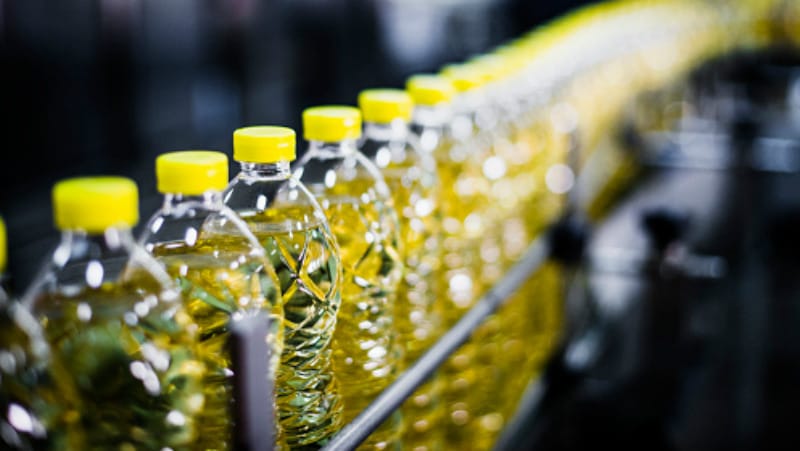
India, one of the largest consumers of edible oil, imported 14.37 million tonnes of the commodity worth Rs 1.4 lakh crore in the year 2022-23. This marks an increase of 300,000 tonnes compared to the previous year and accounts for nearly 60 percent of the country's total consumption of 24.35 million tonnes. The rising demand for edible oil can be attributed to the growing population and increasing urbanization, which have led to changing consumption patterns and a rise in disposable income. As per industry experts, the trend for increasing imports of edible oil is expected to continue in the near future.
The domestic production of edible oil has not kept pace with the growing demand, and hence, the country has been heavily dependent on imports. The government has recognized this issue and has been taking steps to promote the production of oilseeds within the country. However, it will take some time for these initiatives to yield results. In the meantime, the country will have to continue importing edible oil to meet the demands of its growing population.

The government of India has been actively promoting oilseed production among farmers as a means of achieving self-sufficiency in oil production. Despite an increase in the area under cultivation of Mustard and Soybean, productivity remains low, and domestic demand continues to outstrip supply. To address this issue, it is imperative that we adopt modern breeding tools and technologies, including genetic modification, to enhance the quality of germplasm and improve productivity.
In 2022, India's oil consumption reached 22 million tonnes, with Palm and Soybean oils accounting for 70% of the market share. Mustard oil ranks as the third most consumed oil, with other oilseeds like sunflower, groundnut, sesame, flaxseed, and cotton having a relatively smaller share of the market. Given the increasing demand for oil, it is essential that we focus on developing and implementing innovative strategies that aim to enhance production and productivity. By leveraging modern breeding tools and technologies, we can significantly improve the quality of oilseeds and move closer to achieving self-reliance in the oil sector.
Mustard is a crucial source of cooking medium for large parts of India, particularly in the eastern region, where it is grown in 70 lakh ha. Despite its importance, the yield of mustard remains low, standing at 1.2 tons/ha. This issue can be addressed by cultivating improved varieties and hybrids. Currently, around 60% of the 70 lakh ha of mustard grown in India is under private ownership. According to the Government's data, hybrids have an average yield of 2000 Kg/ha, which is higher than the 1200 Kg/ha of Open Pollinated (OP) Varieties. The development of multiple hybrids suitable for different agro-climatic zones could further increase yields.
Moreover, hybrids yield more oil as they have up to 42% oil content compared to 36% in OP Varieties. The higher oil content is particularly crucial, considering that mustard oil is a prominent ingredient in Indian cuisine. By cultivating hybrids, farmers can increase their productivity and generate more income, thereby improving their livelihoods. However, to achieve this, it is essential to have a sustainable and environmentally friendly approach to agriculture.
The technology approved by GEAC, known as the Bar-Barnase-Barstar technology, has been helping plant breeders to develop superior hybrids of mustard for over two decades. This technology has been shown to produce results, as the output of DMH-11 seeds is 28.15 percent higher than the traditional Varuna seed variety. This means that the use of this technology has the potential to significantly increase the yield of mustard crops, which is crucial for the millions of farmers in India who depend on this crop for their livelihoods.
With around 6 million farmers cultivating mustard on around 9.6 million hectares in 2022-23 in states such as Assam, Bihar, Chhattisgarh, Gujarat, Haryana, Madhya Pradesh, Rajasthan, Uttar Pradesh and West Bengal, the potential impact of this technology is significant. The increased yield potential of GM hybrid production technology in mustard could lead to an increase in the area under mustard cultivation and the production of mustard oil, providing a boost to the agricultural industry in India.
DMH-11 and its parent lines have successfully undergone extensive field studies, safety tests, and regulatory processes for health and environmental safety. India's regulatory system is robust and comparable to the best in the world. Consequently, we must trust the experts who are responsible for evaluating and approving GM technologies. The Indian regulatory agencies, RCGM and GEAC, subject all GM products to rigorous scrutiny over several years before approving any technology. Given that we trust their approval of pharmaceutical and industrial use products made using GM technology, we must also have confidence in their approval of GM crops.
GM crops offer several benefits, such as reducing expenses on labor and crop inputs and making positive contributions to environmental sustainability. The boost in domestic production led by GM crops would not only increase farm incomes but also provide better quality edible oils to the Indian population at lower rates. Additionally, GM crops produce de-oiled cake, which is a valuable source of protein for animal feed. These crops have the potential to address India's food security concerns by increasing yields and reducing losses caused by pests and diseases. Furthermore, they can help reduce the over-reliance on chemical pesticides and fertilizers and mitigate the adverse effects of climate change on agriculture.
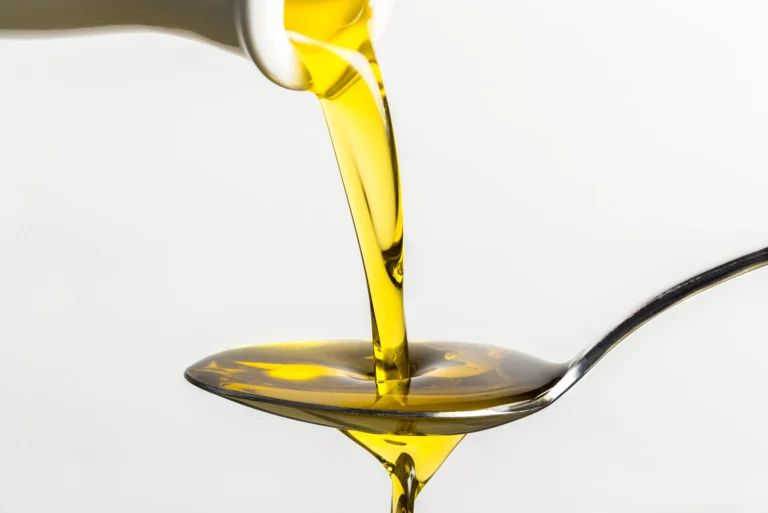
Conclusion:
In conclusion, India's record grain production in recent years is commendable and a testament to the resilience of the agricultural sector in the face of climate change. However, the inability to meet domestic demand for oilseeds highlights the need for innovative solutions to address this issue. Dependence on imports, coupled with the volatility of market prices, poses a significant challenge to the government and the economy as a whole. It is imperative that science and technology be leveraged to develop sustainable and effective solutions to increase oilseed production in the country. A focused effort towards this end will not only reduce dependence on imports but also ensure food security and economic stability.
 Français
Français 
 Deepam Oils
Deepam Oils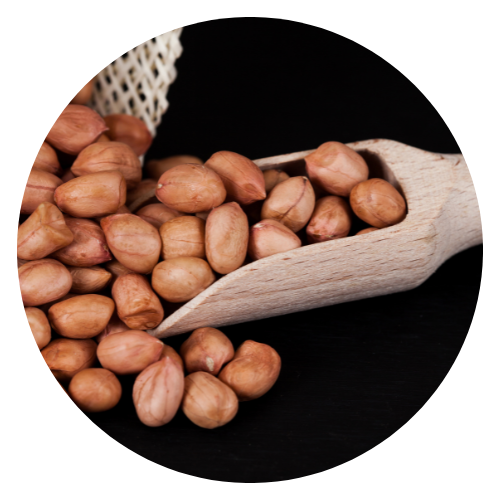 Ground Nut Oils
Ground Nut Oils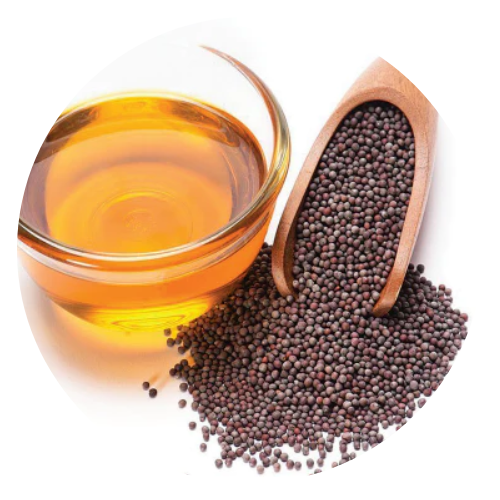 Mustard Oils
Mustard Oils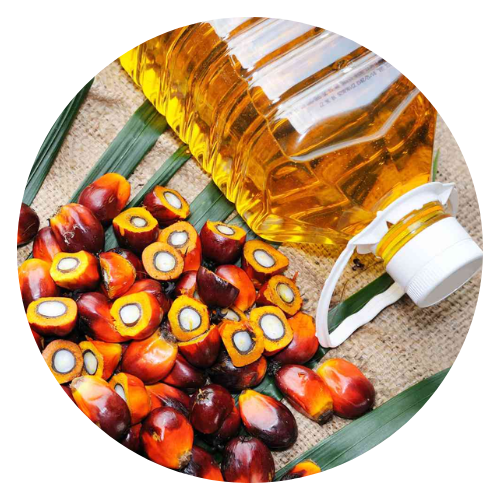 Palm Oils
Palm Oils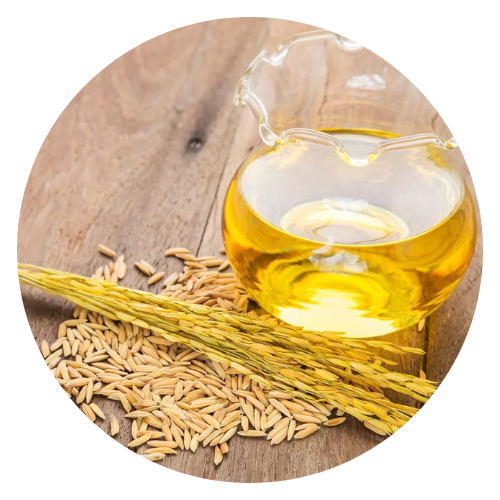 Ricebrain Oil
Ricebrain Oil Sunflower Oil
Sunflower Oil



 Made with
Made with  & Passion by
& Passion by 
 Home
Home  Whishlist
Whishlist  Compare
Compare  Checkout
Checkout